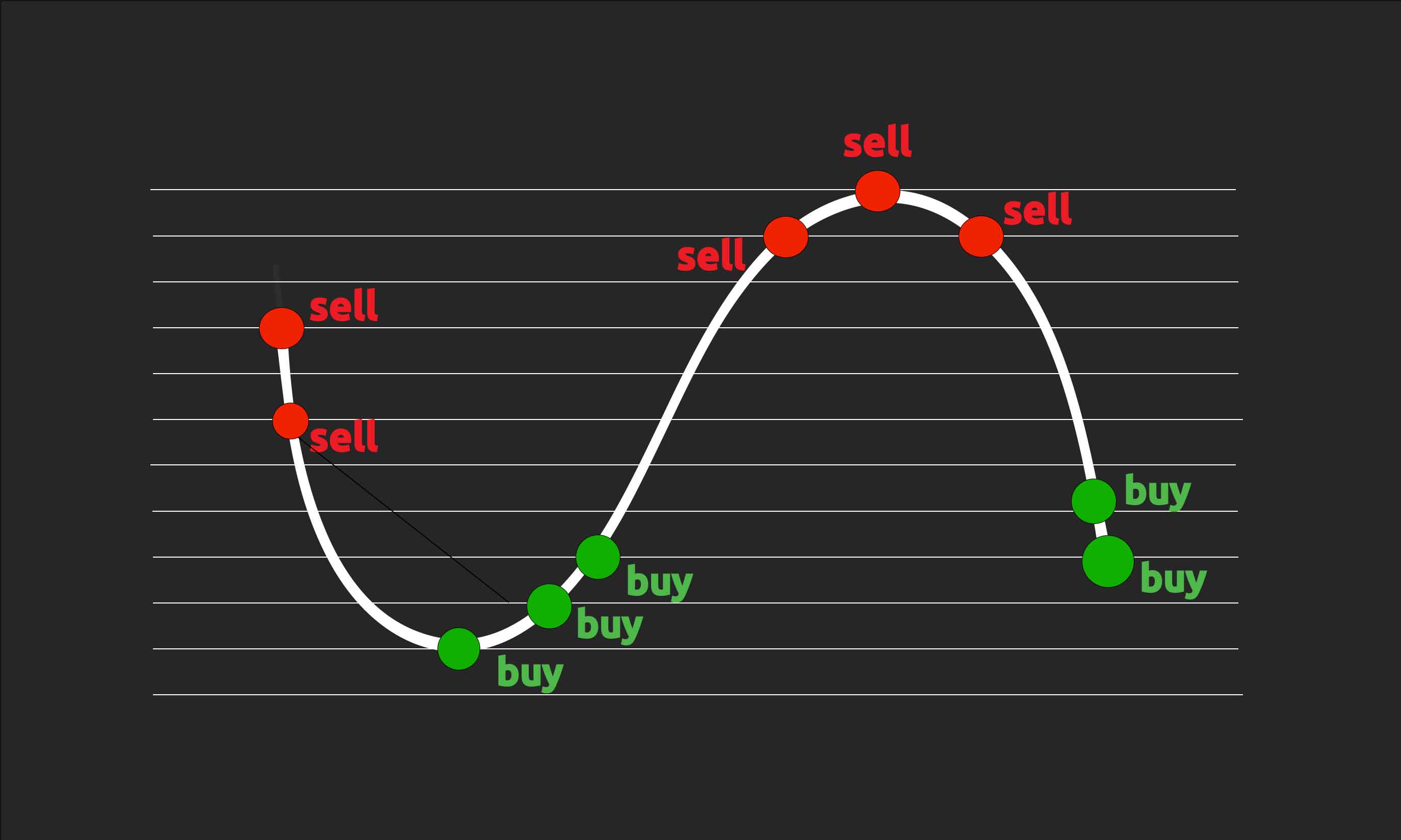Grid Trading Explained
Cryptocurrency trading can be challenging without indicators like the VPVR indicator and the Taker buy/sell ratio. Although these indicators help traders make informed decisions, using other techniques like grid trading makes crypto trading a lot easier. Grid trading eliminates the need to constantly focus on an asset’s chart looking for trade entry and exit points when the market is moving sideways.
A market is considered to be moving sideways when the price of a given crypto doesn’t make major up/downswings. Sideways markets stick to a range and so does grid trading.
What is grid trading?

Grid trading is the use of grids to determine buy and sell points within a price range. A grid is made of several stops within the range. For example, if BTC is oscillating between $58,000 and $60,000, a grid may have to buy orders at around $57,000, $57,500, and $58,000 while having sell orders at $59,500, $60,000, and $61,000.
Grid trading is considered a quantitative trading strategy because it works by enabling traders to make multiple trades and target a small profit margin in each trade. Grid trading assumes that the price of the focus crypto will continue trading sideways within a foreseeable timeframe.
This strategy requires a trader to place the lower and upper grid lines below the lowest price in the range and above the highest price in the range, respectively.
Advantages of grid trading
To make the most out of grid trading during a volatile sideways market, you need to lean on the strategy’s strengths. Some of the pros include:
Saves time and effort - It eliminates the need for complex analysis methods and makes price range the only point of concern.
It’s customizable - The trader defines the length of a grid, making it possible to set as many or as few price stops as possible. A trader can choose to have just one buy order and one sell order. The strategy can also be combined with other analysis methods and indicators like the relative strength index (RSI) and Bollinger bands, to refine the range.
It removes emotions from trading - Grid trading is mostly automated reducing the involvement of a trader’s emotions when making decisions.
Helps Manage risk - Risk management is a top requirement in crypto trading due to the markets’ unpredictable nature. Grid trading, despite being mostly automated, allows a trader to determine how much they wish to risk before entering a trade. The strategy also gives a trader room to close a trade at any time.
Apart from leaning on grid trading’s pros, traders need to set parameters like stop loss and take profit to lower their losses and increase their profits respectively. Grid trading works well in short intervals preferably between 5-minute and 1-hour timeframes.
Where can you start grid trading?
You can use the grid trading function on multiple exchanges, such as Bybit or Bitget. On these exchanges, you can set all the parameters of the grid such as what the high or low of the grid should be. In the video below you can see an example of grid trading on Bybit.
Final words
Grid trading is a great strategy to trade crypto when the prices are oscillating within a range. Although the profits earned through this method depend on the space between a buy and sell order, traders aim for a small margin per trade.
Generally, to profit using this strategy, a trader needs to be extra careful when setting the grid size and the trigger/stop loss/take profit prices. Grid trading can be compared to scalping. If you'd like to start using trading grids for your strategy, you can create an account on Bybit here.